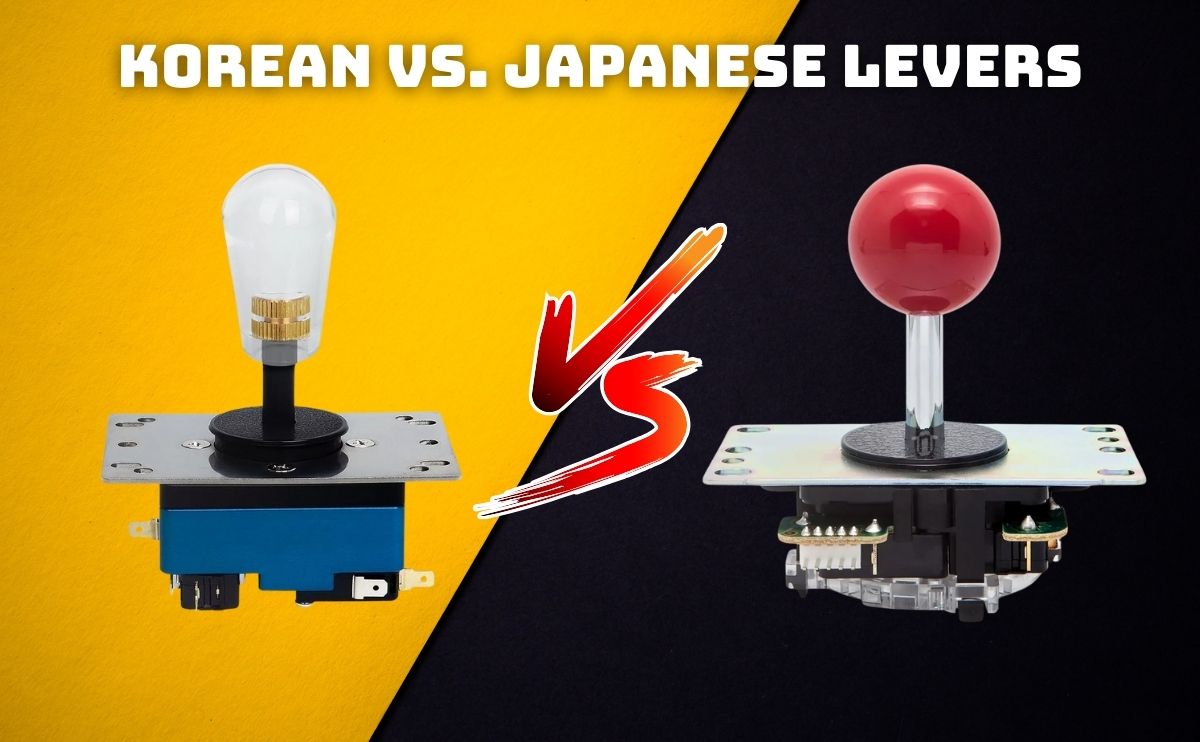In the realm of gaming, mechanical keyboards have garnered significant attention, not just for their aesthetic appeal but also for the tactile experience they offer. Among the myriad of options available, Korean and Japanese levers stand out, each bringing unique characteristics and innovations to the table. This article delves into the nuances of Korean and Japanese levers, comparing their design philosophies, build quality, and overall user experience.
Origins and Design Philosophy
The mechanical keyboard market has seen substantial influence from both Korean and Japanese designers, who prioritize different aspects of the typing experience.
Korean Levers: Korean levers, such as those found in the renowned Topre switches, are known for their high-quality build and distinctive feel. The design philosophy behind Korean levers often emphasizes smooth keystrokes with a pronounced tactile bump. These switches are frequently used in high-end custom keyboards and are praised for their durability and consistency.
Japanese Levers: Japanese levers, on the other hand, are epitomized by the Cherry MX switches, particularly the Cherry MX Red and Blue variants. Japanese designers focus on precision and versatility, catering to both gamers and typists. The Cherry MX switches are celebrated for their variety, offering linear, tactile, and clicky options to suit different preferences.
Build Quality and Materials
Korean Levers: One of the hallmarks of Korean levers is the meticulous attention to detail in their construction. Topre switches, for instance, combine mechanical and capacitive elements to deliver a unique typing feel. The use of high-quality plastic and metal components ensures longevity and reliability, making them a favorite among enthusiasts who demand the best from their keyboards.
Japanese Levers: Japanese switches, particularly those from Cherry, are renowned for their robust build quality. The Cherry MX switches use a combination of plastic and metal, with gold-plated crosspoint contacts that enhance their durability. The variety in spring weights and stem designs also allows for a customizable typing experience, catering to different user preferences.
Tactile Experience
Korean Levers: The tactile experience offered by Korean levers is often described as smooth and satisfying. Topre switches, for example, provide a unique feel due to their electrostatic capacitive mechanism. This design results in a tactile bump that is less harsh than that of traditional mechanical switches, offering a cushioned and quieter typing experience. This makes them particularly appealing to typists who spend long hours at the keyboard.
Japanese Levers: Japanese levers, such as those found in Cherry MX Blue switches, are known for their pronounced tactile bump and audible click. This provides clear feedback with each keystroke, which many typists find gratifying. For gamers, the Cherry MX Red switches offer a linear experience with no tactile bump, allowing for rapid key presses and a smooth gaming experience.
Versatility and Customization
Korean Levers: While Korean levers excel in build quality and tactile feedback, they are often less versatile in terms of customization compared to their Japanese counterparts. However, the growing popularity of custom keyboard communities has led to more options and modifications becoming available for Korean switches. Enthusiasts can now experiment with different spring weights, keycap profiles, and lubricants to fine-tune their keyboards.
Japanese Levers: The Cherry MX switches from Japan are the gold standard for customization. The variety of switch types, from linear to tactile to clicky, allows users to tailor their keyboards to their exact needs. Additionally, the widespread availability of Cherry-compatible keycaps and other accessories makes it easy for users to personalize their setups. This versatility is a major reason why Cherry MX switches remain a favorite among both gamers and typists.
Market Impact and Popularity
Korean Levers: In recent years, Korean levers have gained a strong following among keyboard enthusiasts and professionals who prioritize typing comfort and build quality. The cult status of Topre switches, for instance, has led to a niche but dedicated market segment that values the unique characteristics of these switches.
Japanese Levers: Japanese levers, particularly Cherry MX switches, dominate the mechanical keyboard market. Their widespread adoption by major keyboard manufacturers and their reputation for reliability and versatility have made them a household name. The extensive range of options and the ability to easily replace or upgrade switches have cemented their popularity in both gaming and professional circles.
Conclusion
The choice between Korean and Japanese levers ultimately boils down to personal preference and intended use. Korean levers, with their premium build quality and unique tactile feedback, are ideal for those seeking a high-end typing experience. Japanese levers, with their versatility, robust construction, and customization options, offer a more flexible and widely accessible solution.
Both Korean and Japanese levers have their distinct advantages and cater to different segments of the market. Whether you are a gamer looking for quick, responsive keystrokes or a professional in search of a comfortable typing experience, both Korean and Japanese levers provide compelling options to enhance your mechanical keyboard setup.

